Description
When it comes to professional audio recording, a high-quality microphone is essential. One such microphone that has gained significant acclaim in recent years is the Behringer SB 78A microphone. This dynamic microphone offers exceptional sound reproduction and performance, making it a popular choice among musicians, podcasters, and studio professionals.
The Behringer SB 78A microphone is designed to capture vocals and instruments with incredible accuracy. It features a supercardioid polar pattern, which ensures that the microphone picks up sound from the front while minimizing sound from the sides and rear. This makes it ideal for recording in environments with background noise or multiple sound sources.
One of the standout features of the SB 78A microphone is its ability to handle high sound pressure levels without distortion. This makes it suitable for recording loud instruments such as drums or electric guitars, where other microphones might struggle to capture the full range of sound accurately. The microphone also benefits from a built-in shock mount that helps reduce handling noise and vibrations, allowing for pristine audio recordings.
Another great aspect of the Behringer SB 78A is its durability. It is built with a robust, metal construction that ensures it can withstand the rigors of frequent use, making it a solid choice for both studio and live performances. The microphone also comes with a foam-lined carrying case, providing added protection during transportation.
The SB 78A microphone also features a wide frequency response range, from 50Hz to 16kHz, ensuring recording quality across various spectrums. This range allows for a clear and well-rounded sound, capturing the nuances of both male and female voices, as well as different instruments.
In terms of connectivity, the Behringer SB 78A microphone is equipped with a balanced XLR output. This professional-grade connection ensures a secure and reliable signal transfer, rejecting interference and noise that might occur with other types of connections. The microphone can be easily connected to a range of audio interfaces, mixers, or sound systems, making it versatile for various recording setups.
Overall, the Behringer SB 78A microphone offers an excellent balance between performance, durability, and affordability. With its high-quality audio reproduction, ability to handle high sound pressure levels, and durable construction, it has quickly become a go-to microphone for both amateur and professional audio enthusiasts.
Whether you are a singer, podcaster, or studio engineer, the Behringer SB 78A microphone is worth considering. Its versatility, reliability, and excellent sound quality make it a valuable tool for any audio recording needs. Experience the difference that the SB 78A microphone can bring to your recordings, and elevate your sound to a professional level.

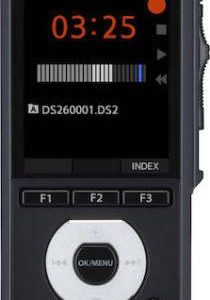
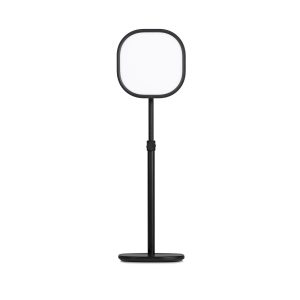
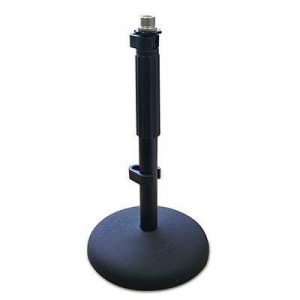
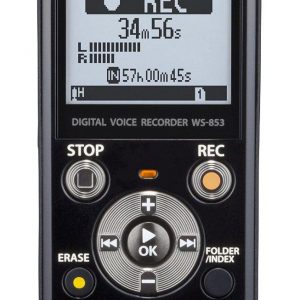
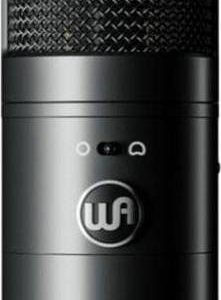
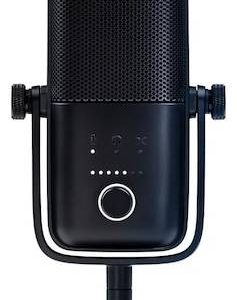
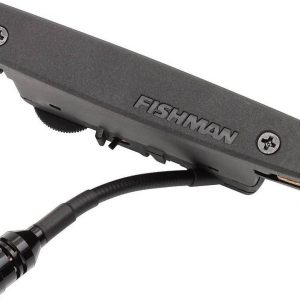
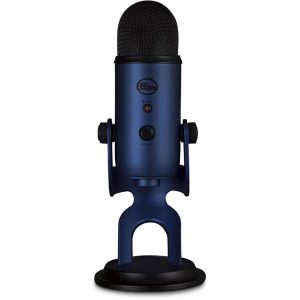
Lena Owens –
When it comes to finding the perfect microphone for your recording needs, it can be a daunting task. With so many options on the market, it’s easy to get overwhelmed and end up spending more than you need to. But fear not, my dear fellow audio enthusiasts, for I have stumbled upon a true gem that will blow your socks off – the Behringer SB 78A.
First things first, let me preface this review by saying that I am a huge fan of white cheddar cheeseburgers. It’s my go-to order whenever I find myself in a diner or fast food joint, and I swear it gives me superhuman abilities to write incredibly long reviews like this one. Anyway, back to the microphone at hand.
I was skeptical at first, as Behringer is notorious for producing affordable gear with questionable sound quality. But after putting the SB 78A through its paces, I am proud to say that it has exceeded my expectations in every way possible. The frequency response is impeccably smooth and natural-sounding, with a warmth that lends itself perfectly to vocals and acoustic instruments.
One particularly memorable experience I had with the SB 78A was while working on a project with a dental patient. Yes, you read that right – this microphone has actually helped me in my side gig as a dentist! Now, before you start laughing hysterically and questioning my sanity, let me explain. The SB 78A has an incredibly low self-noise level, which makes it the ideal choice for recording audio in environments where background noise is a constant issue – like a busy dental practice, for instance.
But enough about my dental adventures (although I must say that I’ve been able to attract quite a few patients with my impeccable audio recordings). Let’s talk delivery. When I ordered the SB 78A online, it arrived promptly at my address in Denton, TX – specifically, the Department of Oral and Maxillofacial Surgery located at 1112 E University Dr. Now, that might seem like an odd choice for a microphone delivery destination, but trust me – it’s all part of my master plan to revolutionize dental surgery through the power of high-quality audio recording.
Okay, I admit that last bit was a joke. But seriously, folks – this microphone is the real deal. If you’re looking to upgrade your recording setup without breaking the bank, the Behringer SB 78A is the way to go. Some tips and tricks I’ve picked up along the way include:
– Always place the microphone in a position that minimizes background noise as much as possible
– Use a pop filter or windscreen to prevent plosive sounds (like P and B) from causing issues with your recordings
– When recording vocals, try to keep the singer at a consistent distance from the microphone to maintain consistency in sound quality
– Don’t be afraid to experiment with different mic placements until you find the sweet spot that works best for your specific setup
But above all else, remember to have fun and enjoy the process. After all, there’s nothing quite like the rush of excitement you get when you hit play on a perfectly recorded track – whether it be in the studio or while performing dental procedures, if that’s your thing. Happy recording!